ANÁLISE ESTRUTURAL UTILIZANDO MEF PARA AVALIAÇÃO DA ESTRUTURA ÓSSEA DA ÓRBITA
DOI:
https://doi.org/10.18816/r-bits.v5i2.7255Resumen
A Doença de Graves é uma patologia autoimune causada por anticorpos estimuladores da tireóide que promove aumento das secreções desta glândula. Estas podem gerar como sequela a Oftalmopatia de Graves, que é o aumento do volume dos músculos extra-oculares e dos demais conteúdos orbitais, causando aumento da pressão intra-orbital. Como ferramenta de estudo dessa patologia, existem diversos modelos de elementos finitos, tais como modelos com as estruturas de tecidos moles da órbita, assim como estudos de redução de exoftalmos após cirurgia e estudos que relacionam tamanho da osteotomia, com redução de exoftalmos e volume do conteúdo orbital. Porém, são escassos os estudos que analisam como o aumento da pressão orbital, devido ao aumento de volume dos tecidos moles intra-orbitais, aumentam as tensões no tecido ósseo. Diante dessa problemática, esse trabalho propõe-se a realizar uma análise biomecânica da estrutura óssea das órbitas de um paciente, através de um modelo de elementos finitos, comparando-se os deslocamentos e as tensões causadas por pressões fisiológicas e patológicas. Para tanto, foi feito um modelo de elementos finitos a partir de uma imagem de tomografia computadorizada e realizada uma análise biomecânica que permitiu obter valores de deslocamentos e tensões máximas de acordo com as pressões aplicadas. Foram obtidos valores de translação total e máxima tensão para cada modelo. Constatou-se um aumento de 6,5 vezes dos valores tanto de tensão quanto de deslocamento para os resultados relacionados a aplicação de carga do modelo com a patologia em relação ao modelo sem patologia. Pelo fato das pressões aplicadas serem de baixa grandeza, os resultados em deslocamentos e tensões foram de pequena grandeza, porém houve indicativo de concentrações de tensões nas paredes lateral e medial da órbita. Com este estudo foi possível representar um modelo com dados específicos do paciente, proporcionando informações personalizadas sobre tensões e deslocamentos patológicos na órbita.Descargas
Citas
AMORIM, P. H. et al. InVesalius: Software Livre de Imagens Médicas. Centro de Tecnologia da Informação Renato Archer-CTI, campinas/SP–2011-CSBC2011, 2011.
BAHN, R. The enigma of Graves’ ophthalmopathy. Western journal of medicine, v. 158, n. 6, p. 633, 1993.
BAHN, R. S. Graves’ ophthalmopathy. New England Journal of Medicine, v. 362, n. 8, p. 726–738, 2010.
BARRETT, L. et al. Optic nerve dysfunction in thyroid eye disease: CT. Radiology, v. 167, n. 2, p. 503–507, 1988.
BERTHOUT, A. et al. Mesure de la pression intraorbitaire avant, pendant et après décompression orbitaire osseuse dans l’orbitopathie dysthyroïdienne. Journal Français d’Ophtalmologie, v. 33, n. 9, p. 623–629, 2010.
BIDGOOD, W. D. et al. Understanding and Using DICOM, the Data Interchange Standard for Biomedical Imaging. Journal of the American Medical Informatics Association, v. 4, n. 3, p. 199–212, 1997.
BRENT, G. A. Graves’ disease. New England Journal of Medicine, v. 358, n. 24, p. 2594–2605, 2008.
BRUNSKI, J. B. In vivo bone response to biomechanical loading at the bone/dental-implant interface. Advances in dental research, v. 13, n. 1, p. 99–119, 1999.
BUENO, M. A. DE C. et al. Oftalmopatia na doença de Graves: revisão da literatura e correção de deformidade iatrogênica. Rev. bras. cir. plást, v. 23, n. 3, p. 220–225, 2008.
CHAFFIN, D. B. A computerized biomechanical model—development of and use in studying gross body actions. Journal of biomechanics, v. 2, n. 4, p. 429–441, 1969.
CHAMAY, A. Mechanical and morphological aspects of experimental overload and fatigue in bone. Journal of biomechanics, v. 3, n. 3, p. 263–270, 1970.
CIGNONI, P.; CORSINI, M.; RANZUGLIA, G. Meshlab: an open-source 3d mesh processing system. Ercim news, v. 73, p. 45–46, 2008.
COOK, R. D. Concepts and applications of finite element analysis: a treatment of the finite element method as used for the analysis of displacement, strain, and stress. [s.l.] Wiley, 1974.
COUTINHO, K. D. Biomecânica e Otimização Topológica com H-Adaptatividade em Implantes Dentários Nitretados a Plasma em Cátodo Oco. [s.l.] Universidade Federal do Rio Grande do Norte, 2014.
DOBLARÉ, M.; GARCIA, J.; GÓMEZ, M. Modelling bone tissue fracture and healing: a review. Engineering Fracture Mechanics, v. 71, n. 13, p. 1809–1840, 2004.
EPSTEIN, F. H.; BAHN, R. S.; HEUFELDER, A. E. Pathogenesis of Graves’ ophthalmopathy. New England Journal of Medicine, v. 329, n. 20, p. 1468–1475, 1993.
FISH, J.; BELYTSCHKO, T. A first course in finite elements. [s.l.] John Wiley & Sons, 2007.
GARRITY, J. A.; BAHN, R. S. Pathogenesis of graves ophthalmopathy: implications for prediction, prevention, and treatment. American journal of ophthalmology, v. 142, n. 1, p. 147–153, 2006.
HALLIN, E.; FELDON, S. Graves’ ophthalmopathy: I. Simple CT estimates of extraocular muscle volume. British journal of ophthalmology, v. 72, n. 9, p. 674–677, 1988a.
HALLIN, E. S.; FELDON, S. E. Graves’ ophthalmopathy: II. Correlation of clinical signs with measures derived from computed tomography. British journal of ophthalmology, v. 72, n. 9, p. 678–682, 1988b.
HANGARTNER, T. N.; GILSANZ, V. Evaluation of cortical bone by computed tomography. Journal of Bone and Mineral Research, v. 11, n. 10, p. 1518–1525, 1996.
HERMAN, G. T. Fundamentals of computerized tomography: image reconstruction from projections. [s.l.] Springer Science & Business Media, 2009.
HOUNSFIELD, G. N. Computerized transverse axial scanning (tomography): Part 1. Description of system. The British journal of radiology, v. 46, n. 552, p. 1016–1022, 1973.
HUBBELL, J. H.; SELTZER, S. M. Tables of X-ray mass attenuation coefficients and mass energy-absorption coefficients 1 keV to 20 MeV for elements Z= 1 to 92 and 48 additional substances of dosimetric interest. [s.l.] National Inst. of Standards and Technology-PL, Gaithersburg, MD (United States). Ionizing Radiation Div., 1995.
Illustration from Anatomy & Physiology. , [s.d.].
KALENDER, W. A. Computed tomography: fundamentals, system technology, image quality, applications. [s.l.] John Wiley & Sons, 2011.
KAWA, M. P. et al. Graves’ Ophthalmopathy Imaging Evaluation. 2014.
KEAVENY, T. M. et al. Biomechanics of trabecular bone. Annual review of biomedical engineering, v. 3, n. 1, p. 307–333, 2001.
KIRSCH, E.; HAMMER, B.; VON ARX, G. Graves’ orbitopathy: current imaging procedures. Swiss Med Wkly, v. 139, n. 43-44, p. 618–23, 2009.
KLEIVEN, S. Finite element modeling of the human head. 2002.
KNUDSON, D. Fundamentals of biomechanics. [s.l.] Springer Science & Business Media, 2007.
LOTTI, R. S. et al. Aplicabilidade científica do método dos elementos finitos. Rev Dental Press Ortod Ortop Facial, v. 11, n. 2, p. 35–43, 2006.
LUBOZ, V. et al. Prediction of tissue decompression in orbital surgery. Clinical Biomechanics, v. 19, n. 2, p. 202–208, 2004.
LUBOZ, V. et al. Computer assisted planning and orbital surgery: patient-related prediction of osteotomy size in proptosis reduction. Clinical Biomechanics, v. 20, n. 9, p. 900–905, 2005.
MCELHANEY, J. H. et al. Mechanical properties of cranial bone. Journal of biomechanics, v. 3, n. 5, p. 495–511, 1970.
MONTEIRO, M. L. et al. Diagnostic ability of Barrett’s index to detect dysthyroid optic neuropathy using multidetector computed tomography. Clinics, v. 63, n. 3, p. 301–306, 2008.
MÜLLER-FORELL, W.; KAHALY, G. J. Neuroimaging of Graves’ orbitopathy. Best Practice & Research Clinical Endocrinology & Metabolism, v. 26, n. 3, p. 259–271, 2012.
NISHIDA, Y. et al. MRI measurements of orbital tissues in dysthyroid ophthalmopathy. Graefe’s archive for clinical and experimental ophthalmology, v. 239, n. 11, p. 824–831, 2001.
NOYES, F. R. et al. Biomechanics of ligament failure. The Journal of Bone & Joint Surgery, v. 56, n. 7, p. 1406–1418, 1974.
NUGENT, R. A. et al. Graves orbitopathy: correlation of CT and clinical findings. Radiology, v. 177, n. 3, p. 675–682, 1990.
OTTO, A. J. et al. Retrobulbar pressures measured during surgical decompression of the orbit. British journal of ophthalmology, v. 80, n. 12, p. 1042–1045, 1996.
OZGEN, A.; ARIYUREK, M. Normative measurements of orbital structures using CT. AJR. American journal of roentgenology, v. 170, n. 4, p. 1093–1096, 1998.
PAYAN, Y. et al. Biomechanical models to simulate consequences of maxillofacial surgery. Comptes rendus biologies, v. 325, n. 4, p. 407–417, 2002.
PEYSTER, R. G. et al. High-resolution CT of lesions of the optic nerve. American journal of neuroradiology, v. 4, n. 2, p. 169–174, 1983.
REN, Y. et al. Optimum force magnitude for orthodontic tooth movement: a mathematic model. American journal of orthodontics and dentofacial orthopedics, v. 125, n. 1, p. 71–77, 2004.
RICHMOND, B. G. et al. Finite element analysis in functional morphology. The Anatomical Record Part A: Discoveries in Molecular, Cellular, and Evolutionary Biology, v. 283A, n. 2, p. 259–274, 2005.
SAGAWA, Y. et al. Biomechanics and physiological parameters during gait in lower-limb amputees: a systematic review. Gait & posture, v. 33, n. 4, p. 511–526, 2011.
SARKAR, S.; MAJUMDER, S.; ROYCHOWDHURY, A. Response of human head under static and dynamic load using finite element method. Trends Biomater. Artif. Organs, v. 17, n. 2, 2004.
SEKHON, M. S. et al. Association between optic nerve sheath diameter and mortality in patients with severe traumatic brain injury. Neurocritical care, v. 21, n. 2, p. 245–252, 2014.
SUETENS, P. Fundamentals of medical imaging. [s.l.] Cambridge university press, 2009.
TEIXEIRA, C.; FONSECA, E.; BARREIRA, L. Avaliação da resistência do colo do fémur utilizando o modelo de elementos finitos. 2009.
TIAN, S. et al. MRI measurements of normal extraocular muscles and other orbital structures. Graefe’s archive for clinical and experimental ophthalmology, v. 238, n. 5, p. 393–404, 2000.
TORTORA, G. J.; DERRICKSON, B. Corpo humano: fundamentos de anatomia e fisiologia. [s.l.] ArtMed, 2012.
VELLOSO, T. T. et al. Creation Of A Biomechanical 3d Model Of The Ocular Bulb Using The Finite Element Method (Fem). [s.d.].
VILLADOLID, M. et al. Untreated Graves’ disease patients without clinical ophthalmopathy demonstrate a high frequency of extraocular muscle (EOM) enlargement by magnetic resonance. The Journal of Clinical Endocrinology & Metabolism, v. 80, n. 9, p. 2830–2833, 1995.
VOO, L. et al. Finite-element models of the human head. Medical and Biological Engineering and Computing, v. 34, n. 5, p. 375–381, 1996.
WEETMAN, A. P. Graves’ disease. New England Journal of Medicine, v. 343, n. 17, p. 1236–1248, 2000.
WROBEL, J. S.; NAJAFI, B. Diabetic foot biomechanics and gait dysfunction. Journal of diabetes science and technology, v. 4, n. 4, p. 833–845, 2010.
ZACHOW, S.; ZILSKE, M.; HEGE, H.-C. 3D reconstruction of individual anatomy from medical image data: Segmentation and geometry processing. [s.l.] ZIB, 2007.

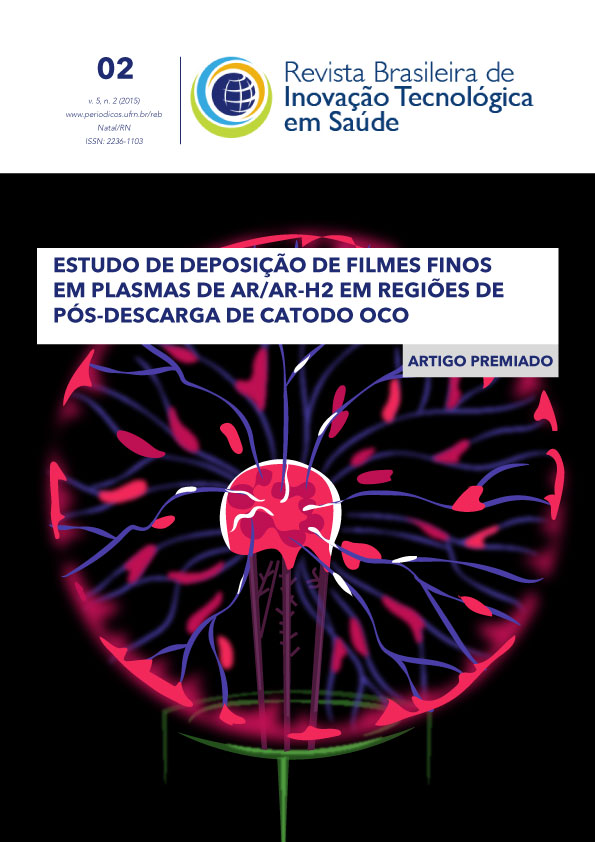
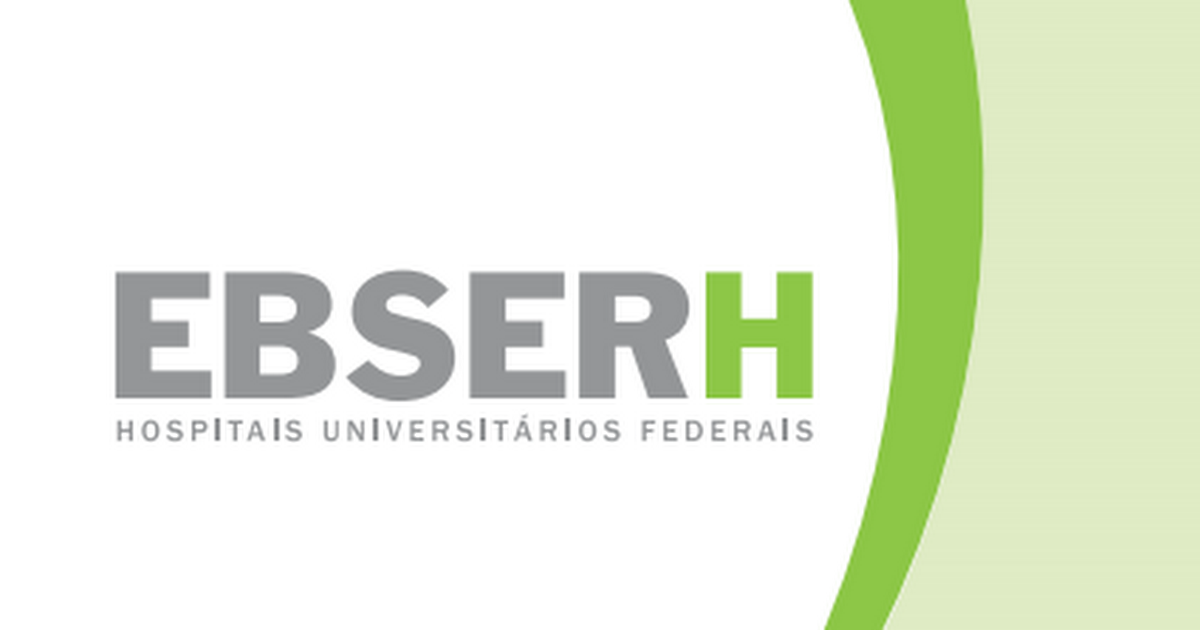
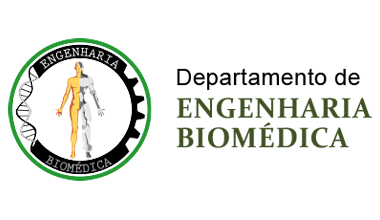
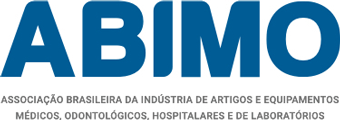

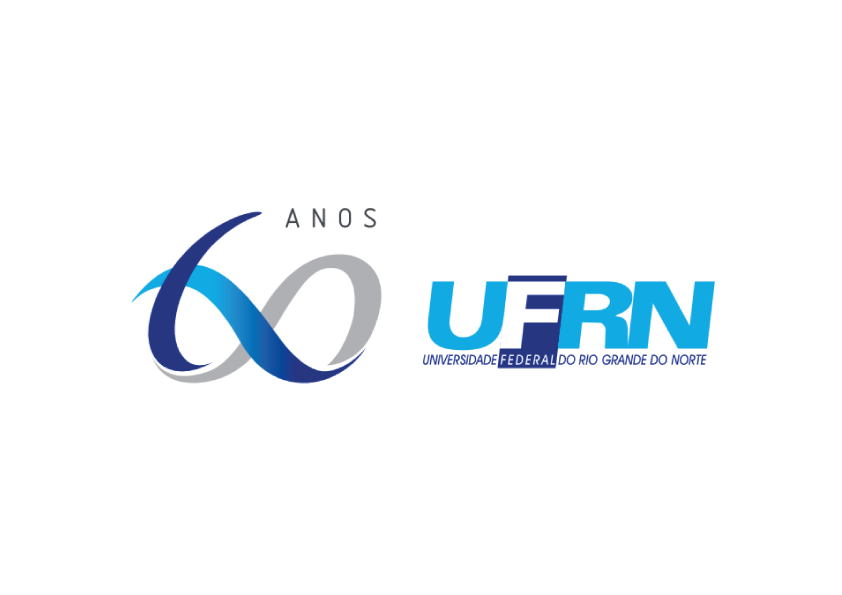

 Português (Brasil)
Português (Brasil) English
English Español (España)
Español (España)






